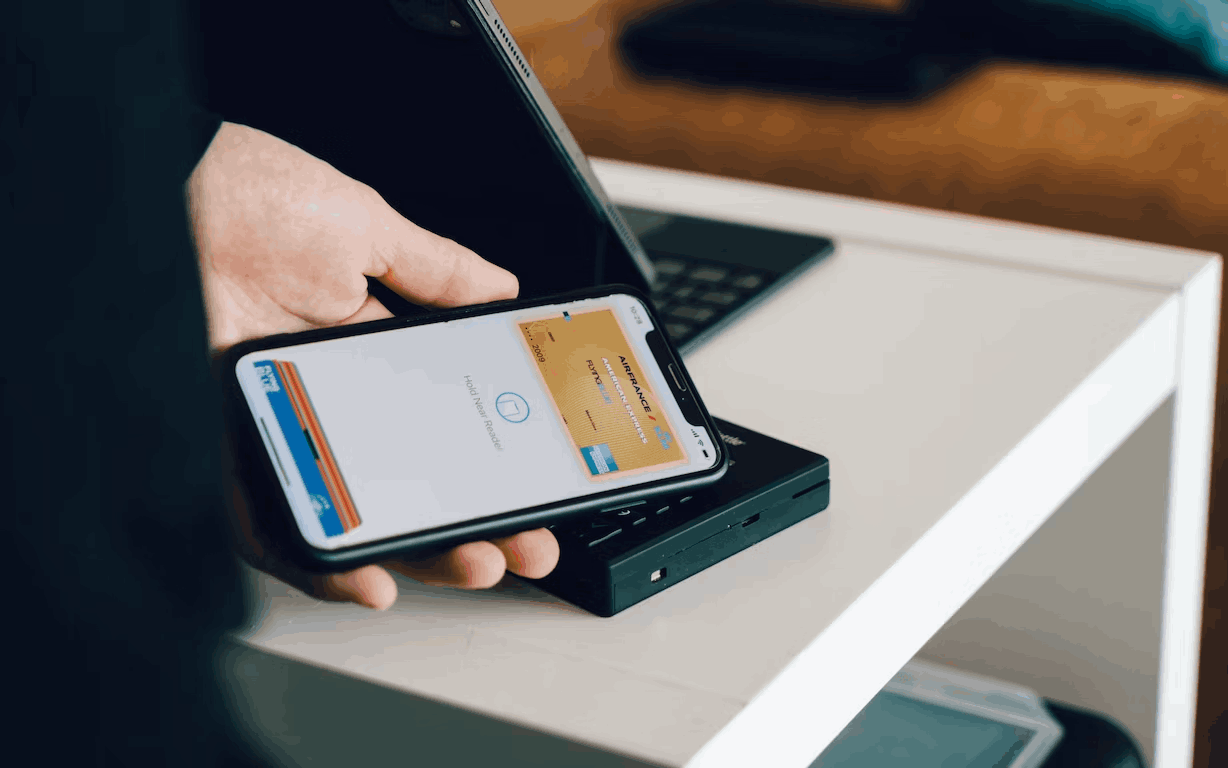Many firms are rushing to implement policies and security due to the abrupt shift to remote labor. Long-term remote office arrangements are becoming more common for businesses, necessitating high-tech security measures against hacker assaults and data breaches. In the last two years, remote working has become more common, posing new security risks that employers and individuals must address.
The IT team can keep an eye on all networks and equipment in a traditional office to offer security. The security team can identify threats and find solutions right away. However, installing identical security measures at every distant worker’s house is impractical. Due to this, remote businesses must teach their staff members safe remote working procedures. The information that followed the advice touched on the security issues with remote work and offered significant advice to keep both companies and employees secure.
Contents
Business Risks Associated With Remote Security
Usually, remote employees are the ones who experience security threats first. They are frequently the cause of network security incidents, which can quickly spread to the rest of the company. Mobile devices like laptops and phones present security vulnerabilities even without remote workers.
Companies should be looking for these major security issues for working remotely.
- Spam attacks:- Phishing scammers entice people to divulge critical information, including passwords and financial and credit card details. Email phishing attempts cost people and companies more than $3.5 billion in 2019.
- Insecure wifi networks: Most workers will do their business from home, where their wifi is secure. However, some individuals might be forced to use unprotected free public wifi networks, which are great locations for malevolent individuals to snoop on web traffic and gather sensitive data.
- Scams that prey on remote workers: These nefarious activities will probably rise. Furthermore, given the absence of remote employment alternatives for many workers, work-from-home scams will undoubtedly become more common.
- Video assaults: Hackers and other malicious activity can sabotage video conferences to gather information or disseminate harmful material.
- Inadequate backup systems: Intellectual and financial losses following a security breach might be caused by any organization’s security staff’s absence of proactive maintenance plans and a dependable backup system.
- Managing remote devices and staff: It might be challenging to keep track of the equipment remote workers are using and whether or not they are adhering to security procedures on their private networks.
- Employing private computers and systems: Numerous workers may be required to use private networks and personal devices for work-related tasks. These frequently lack features in business networks, like robust antivirus software, security certificates, specialized firewalls, and instruments for regular online backup. Due to this, there is a higher chance that devices will become infected with malware, which will leak both private and sensitive information.
Guidelines for Effective and Secure Remote Work
Make Use of Antivirus Programs
Make sure a reliable antivirus program is installed on all work-related devices. Companies may protect themselves from malware, ransomware, Trojans, spyware, and DDoS assaults by using antivirus software. Numerous security software platforms are available, such as Kaspersky, Avast, and Norton. Modern antivirus software platforms shield users against frequent hazards, and most of them are constantly updated immediately to address new threats. Business owners and executives must purchase a thorough antivirus program to protect every employee. Installing inexpensive security certificates will protect the organization, even if its employees, such as freelancers, work remotely alone. Before selecting a supplier, the company has to do its homework.
Utilize a VPN
Many individuals know to use a Virtual Private Network (VPN) to get around geographical restrictions on streaming websites and other content exclusive to a particular area. A VPN is the best option for location faking because it routes the traffic through a server in the area of choice. However, a VPN also plays a crucial function in increasing an organization’s online privacy. The internet transmission is encrypted by a VPN, rendering it inaccessible to anyone who might intercept it. This shields it from the public scrutiny of any snoopers, such as hackers, government entities, or the Internet Service Provider (ISP). It should be noted that utilizing a VPN can reduce internet speed. Professionals need a renowned VPN for its performance and dependability to carry out high-bandwidth tasks like organizing video conferences.
Install Firewalls
Firewalls serve as a first line of security to stop threats from getting into the system. By blocking communication ports, they put up a wall between one specific device and the internet. This can halt information leaking from the device and prevent harmful app entry. Usually, the operating system of the device comes with a firewall. Many routers also come with hardware firewalls incorporated. There are several 3rd party firewall options available if someone doesn’t have a built-in firewall or if they require more security.
Use Data Encryption for Enhanced Remote Protection
Data encryption includes converting information into gibberish formats, like a code, so only those with a security key can decipher it.RSA and AES encryption are among today’s most excellent data encryption techniques. Moreover, always check the website before you browse. The site should have an SSL certificate. SSL certificate activates HTTPS in the address bar. Multiple vendors offer low-priced SSL certs like RapidSSL certificate, Comodo SSL certificate, and Thawte SSL certs.
– Great key lengths like 2048 and 4096 bits are supported by the RSA (Rivest-Shamir-Adleman) encryption method, which is regarded as astonishing. Additionally, the algorithm is asymmetric; thus, there are two distinct encryption keys.
– All cyberattacks are believed to be immune to AES (Advanced Encryption Standard), except for brute force attacks, which involve an attacker entering several passwords or passphrases to guess the proper response.
Inspect Each Vendor
Vendor monitoring is a crucial procedure that allows a company to assess the security vendors it may work with to conduct commercial activities.
One can achieve this by:
- Select vendors with the same care as selecting employees.
- Think about any legal or regulatory ramifications.
- Request written agreements from vendors regarding performance.
- Quickly review the metrics to determine whether their performance is consistent with their claims. Think about any legal or regulatory ramifications.
Utilize Dependable Third-Party Vendors
Task outsourcing is crucial for remote business owners. One cannot take care of everything by themselves. To free time for other crucial duties, most small and medium-sized organizations that offer remote or mixed work frequently outsource marketing, digital marketing, IT administration, and other functions. One can gain access to knowledge that might not be present within the firm by outsourcing to reputable providers. Outside organizations lighten the strain and speed up several procedures, but it’s crucial to pick reliable suppliers who can carefully keep and handle company data.
Finally,
Last, Recent trends indicate that a large proportion of teleworkers and a culture of remote work, as well as a sizable proportion of hybrid workers, will be prevalent in the corporate workplace of the future. Because of this, businesses cannot afford to ignore the security of working remotely. The organization must teach remote employees to be vigilant online and adhere to standard practices to reduce data breaches. Programs for regular security training are also essential. However, the advice can assist businesses and their remote workers in maintaining company continuity and establishing a secure remote work environment.



